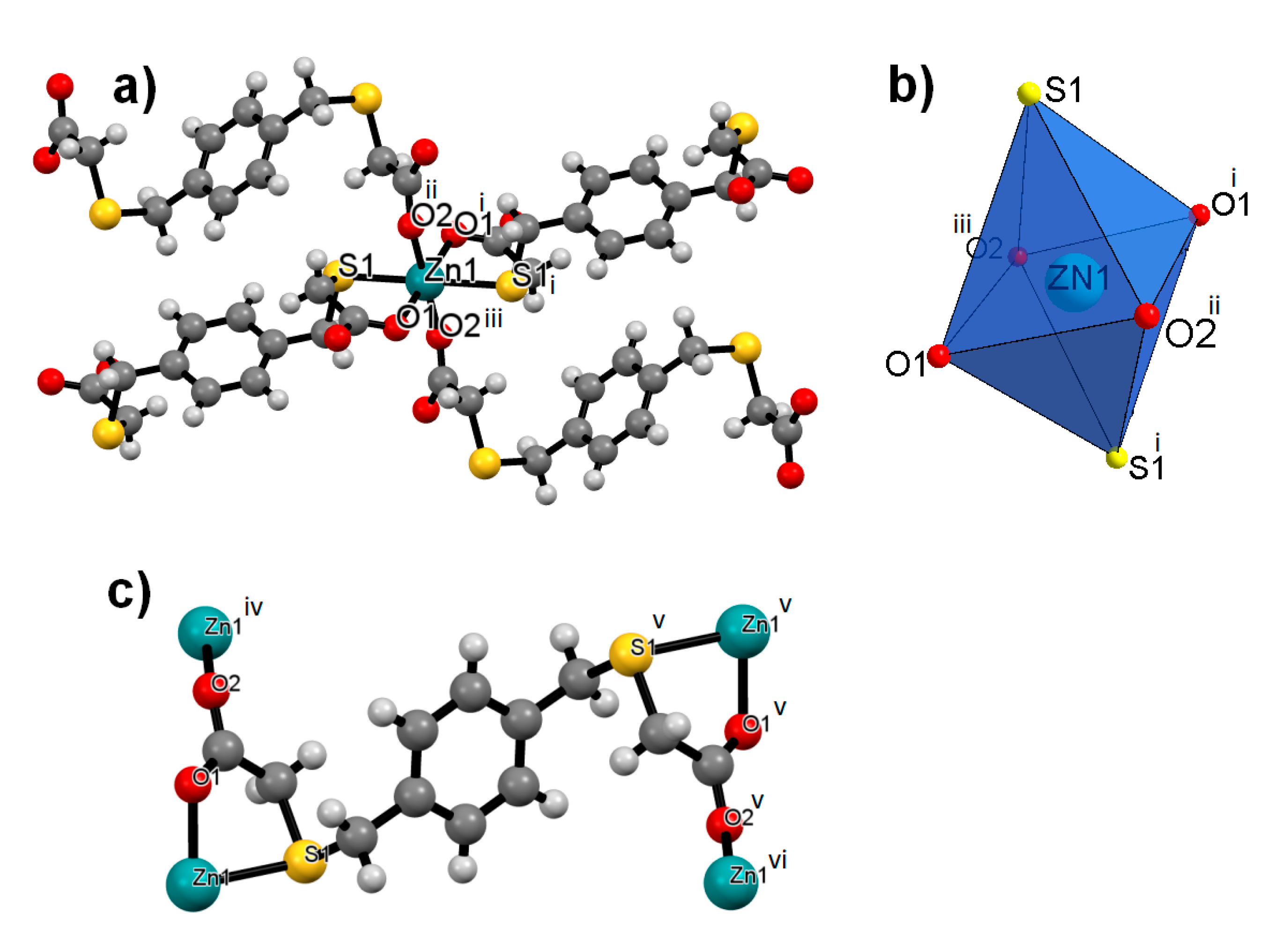
The detector then collects the diffracted X-rays from the sample, and the resulting diffraction pattern is analyzed to obtain structural information about the sample. The X-ray source emits a monochromatic X-ray beam directed onto the sample at a specific angle. XRD analysis typically involves using a specialized X-ray diffractometer, which consists of an X-ray source, a sample holder, and a detector. By measuring the angles and intensities of the diffracted X-ray beams, XRD can provide information about the atomic arrangement, crystalline phases, crystal size, lattice parameters, and other structural characteristics of crystalline materials. XRD is based on the principle of Bragg's Law, which states that when a beam of X-rays strikes a crystal at a specific angle, the X-rays will scatter in a way that produces a distinct pattern of constructive interference. On the other hand, the density of dislocations and stacking faults increased continuously up to 96 h of milling.XRD analysis, or X-ray diffraction analysis, is a technique used to study the crystallographic structure and properties of materials. It is revealed that smaller steady state crystallite size of samples with higher Fe content, is relevant to reduction of the outer cutoff radius of dislocation. Finally, the stacking fault probability was calculated in different milled samples. On the other hand, using the extended convolutional multiple whole profile fitting procedure, the variations in the crystallite size and size distribution of FCC and BCC phases were studied. Moreover, the outer cutoff radius, the density and energy of dislocations were calculated as a function of the composition and the milling time. Afterwards by modification of previous XRD analysis methods, the proportion of edge/screw dis-locations was characterized. By applying the modified Williamson-Hall method, the type of dislocations in the FCC phase is distinguished. For this purpose, the structure of mechanically alloyed Cu–Fe system with three compositions of 30 wt%, 50% and 70% of iron was studied. The aim of this work is to apply new X-ray diffraction analysis methods for simultaneous investigation of various microstructural characteristics.

This chapter aims to outline the use of powder techniques that is widely employed in material science today and hence describe the metamorphosis of an ugly duckling, namely powder diffraction, into a graceful swan.ĭevelopments in the synthesis of nanostructured materials have expanded the need for appropriate characterization methods.

Today powder diffraction finds host of applications in the field of material science ranging from size-strain analysis to non-destructive quantitative phase analysis, study of distribution of cations in a solid matrix, to the study of macro-texture of host of polycrystalline materials, study of nano and amorphous materials(polymers) and so forth and so on. With the advent of Rietveld analysis (1969), it is quite possible to solve structures of solids using powder diffraction. From the beginning single crystal diffraction attracted more scientists because it led directly to the atomic structure of solids while powder diffraction found little use. Powder diffraction and structure investigation using x-ray diffraction of a single crystal both originated in or around 1913 and immediately their path diverged.


 0 kommentar(er)
0 kommentar(er)
